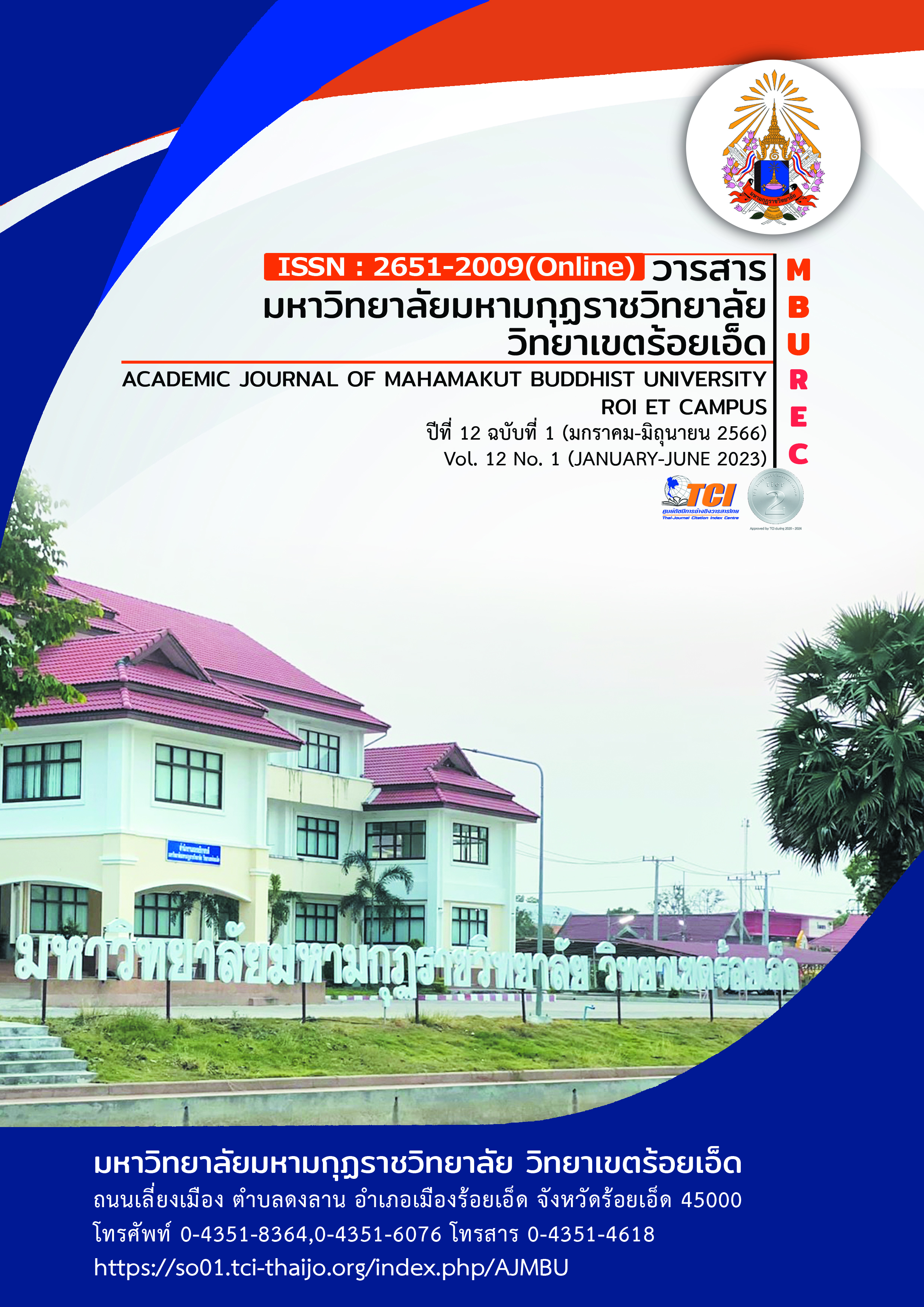CAUSAL FACTORS OF USE BEHAVIORSOCIAL MEDIAIN INTERNAL COMMUNICATION OF EMPLOYEEAIRPORTS OF THAILAND PUBLIC COMPANY LIMITED
Main Article Content
Abstract
The objectives of this research were to 1) develop and validate the consistency of a causal relationship model of use behavior social media in internal communication of employee Airports of Thailand Public Company Limited, and 2) to study casual factors of use behavior social media in internal communication of employee Airports of Thailand Public Company Limited. The tools used in the research were online questionnaires. The sample group consisted of 316 employees of Airports of Thailand Public Company Limited, who have used Line application AOT STAFF. The statistics used in data analysis were frequency, percentage and the structural equation model.
The results of the research showed that 1. The causal relationship model of variables consisting of 6 components was 1) information quality 2) subjective norm 3) perceived usefulness 4) perceived ease of use 5) attitude 6) use behavior and model developed in accordance with empirical data. The statistics showed the Chi-square statistics goodness fit test (χ2) = 389.18, degrees of freedom (df) = 341, CMIN/df = 1.14, GFI=0.93, AGFI = 0.90, SRMR = 0.03, RMSEA = 0.02. The final was predictive coefficient of 0.84, indicating that the variables in the model can explain the use behavior social media in internal communication of employee Airports of Thailand Public Company Limited by 84 percent. 2. Causal factors were found that attitude, perceived usefulness, and perceived ease of use were respectively influence on use behavior. The results of this research are useful for Airport of Thailand Company Limited for being utilized as guidelines for planning the implementation of internal communications within the organization to increase the efficiency of work.
Article Details

This work is licensed under a Creative Commons Attribution-NonCommercial-NoDerivatives 4.0 International License.
References
กริช แรงสูงเนิน. (2554). การวิเคราะห์ปัจจัยด้วย SPSS และ AMOS เพื่อการวิจัย. กรุงเทพมหานคร : ซีเอ็ดยูเคชั่น.
ธัญญลักษณ์ พลวัน, สุพรรษา กุลแก้ว และณัฐสิทธิ์ เกิดศรี. (2554). การศึกษาพฤติกรรมการใช้เทคโนโลยี และปัจจัยที่มีผลต่อการยอมรับเทคโนโลยี QR Code ของกลุ่มประชากรในเขตกรุงเทพมหานคร. วิศวกรรมสาร มหาวิทยาลัยเกษตรศาสตร์. 27(88). 29-40.
นงลักษณ์ วิรัชชัย. (2542). โมเดลลิสเรล: สถิติวิเคราะห์สำหรับการวิจัย. พิมพ์ครั้งที่ 3. กรุงเทพมหานคร : โรงพิมพ์แห่งจุฬาลงกรณ์มหาวิทยาลัย.
นัยน์ปพร ชุมเกษียร. (2562). อิทธิพลทางสังคม การรับรู้และทัศนคติการใช้งานบาร์โค้ดที่มีต่อพฤติกรรมการใช้เทคโนโลยีบาร์โค้ดในอุตสาหกรรมชิ้นส่วนยานยนต์นิคมอุตสาหกรรม
อีสเทิร์นซีบอร์ด จังหวัดระยอง. วารสารบริหารศาสตร์ มหาวิทยาลัยอุบลราชธานี. 8(16). 86-99.
บริษัท ท่าอากาศยานไทย จำกัด (มหาชน). (2562). แผนแม่บทเทคโนโลยีสารสนเทศและ
การสื่อสารของ ทอท. ปีงบประมาณ 2562. สืบค้นเมื่อ 20 พฤศจิกายน 2564. จากhttps://portal.airportthai.co.th/kmhub/drive/public/Documents/แผนแม่บท%20 ทอท/แผนแม่บทICT.pdf#search=aot%20staff
ลฎาภา ศรีพสุดา, สุภาวดี สุวรรณเทน และพงศกร ทองพันธุ์. (2561). สื่อใหม่กับวัยรุ่นไทยใช้อย่างไรให้เกิดประโยชน์ How to Thai adolescent use New media for advantage?. วารสารวิชาการหลักสูตรและการสอน มหาวิทยาลัยราชภัฏสกลนคร. 10(27). 227-235.
วนิดา ตะนุรักษ์, นรพล จินันท์เดช และประยงค์ มีใจซื่อ. (2559). อิทธิพลของทัศนคติต่อการใช้งาน และปัจจัยที่เกี่ยวข้องต่อพฤติกรรมความตั้งใจในการใช้เทคโนโลยีของพนักงานอุตสาหกรรมการค้าส่งและค้าปลีกไทย. วารสารสมาคมนักวิจัย. 22(1). 41-53.
ศักดิ์สิทธิ์ ใจชื้น และสร้อยบุปผา สาตร์มูล. (2564). ปัจจัยการยอมรับเทคโนโลยีเครื่องปรับสภาพอากาศของผู้บริโภคประเภทกลุ่มโรงแรม กลุ่มห้องปฏิบัติการและผู้บริโภคทั่วไป ในเขตกรุงเทพมหานครและปริมณฑล. วารสารวิชาการ มหาวิทยาลัยกรุงเทพธนบุรี. 10(1). 160-172.
สมิธ พิทูรพงศ์. (2560). การใช้แอปพลิเคชันไลน์ในกระบวนการทำงานกรณีศึกษา บริษัท สหผลิตภัณฑ์พาณิชย์ จำกัด. สารนิพนธ์นิเทศศาสตรมหาบัณฑิต สาขาวิชาการสื่อสารการตลาดดิจิตอล. กรุงเทพมหานคร : มหาวิทยาลัยกรุงเทพ.
Hair, J.F., Black, W.C., Babin, B.J., & Anderson, R.E. (2010). Multivariate data analysis 7th ed. New York : Pearson.
Hoelter, J. W. (1983). The Analysis of Covariance Structures: Goodness-of-Fit Indices. Sociological Methods and Research. 11(3). 325–344.
Kline, R.B. (2011). Principles and Practice of Structural Equation Modeling. 3rd ed. New York, NY : The Guildford Press.
Yuhelmi, Mery Trianita, and Surya Dharma. (2019). The Extension of TAM Model in the Use of Point of Sale (Pos) in Minimarkets in Padang, Indonesia. KnE Social Sciences. 3(14). 83-96.


